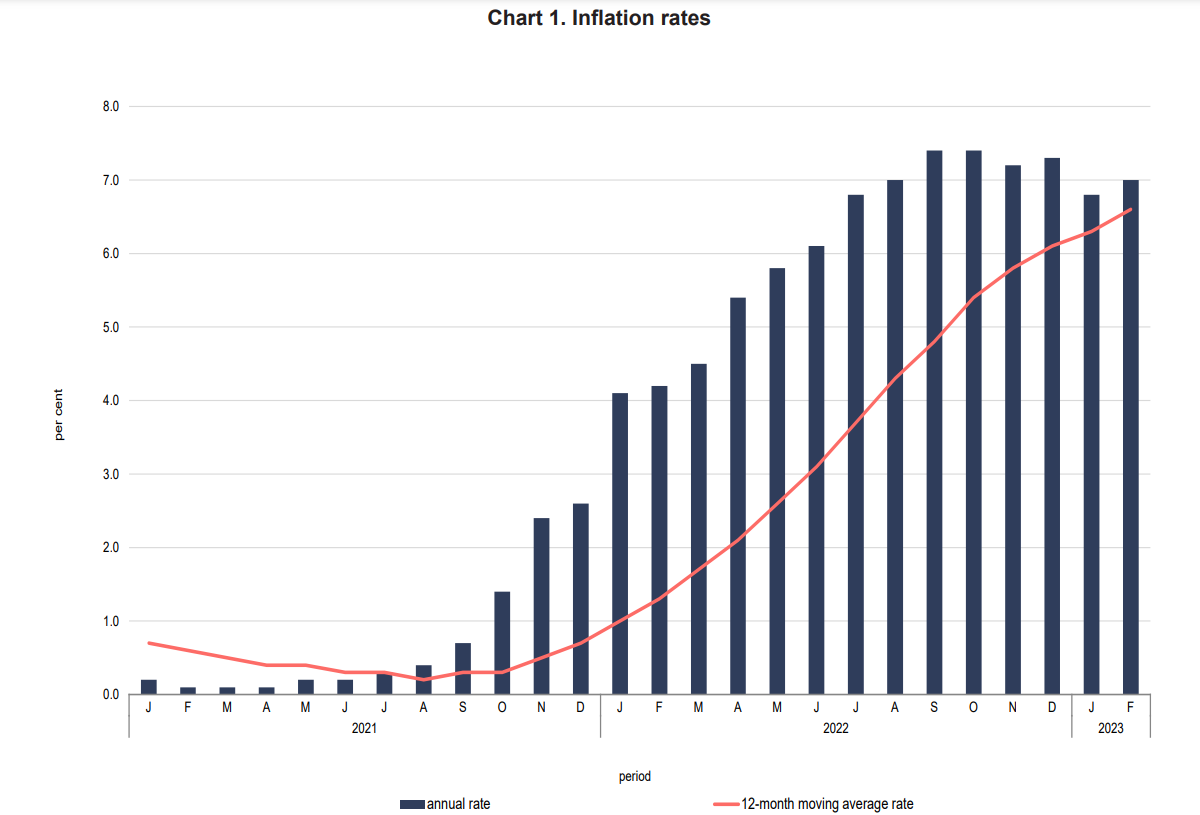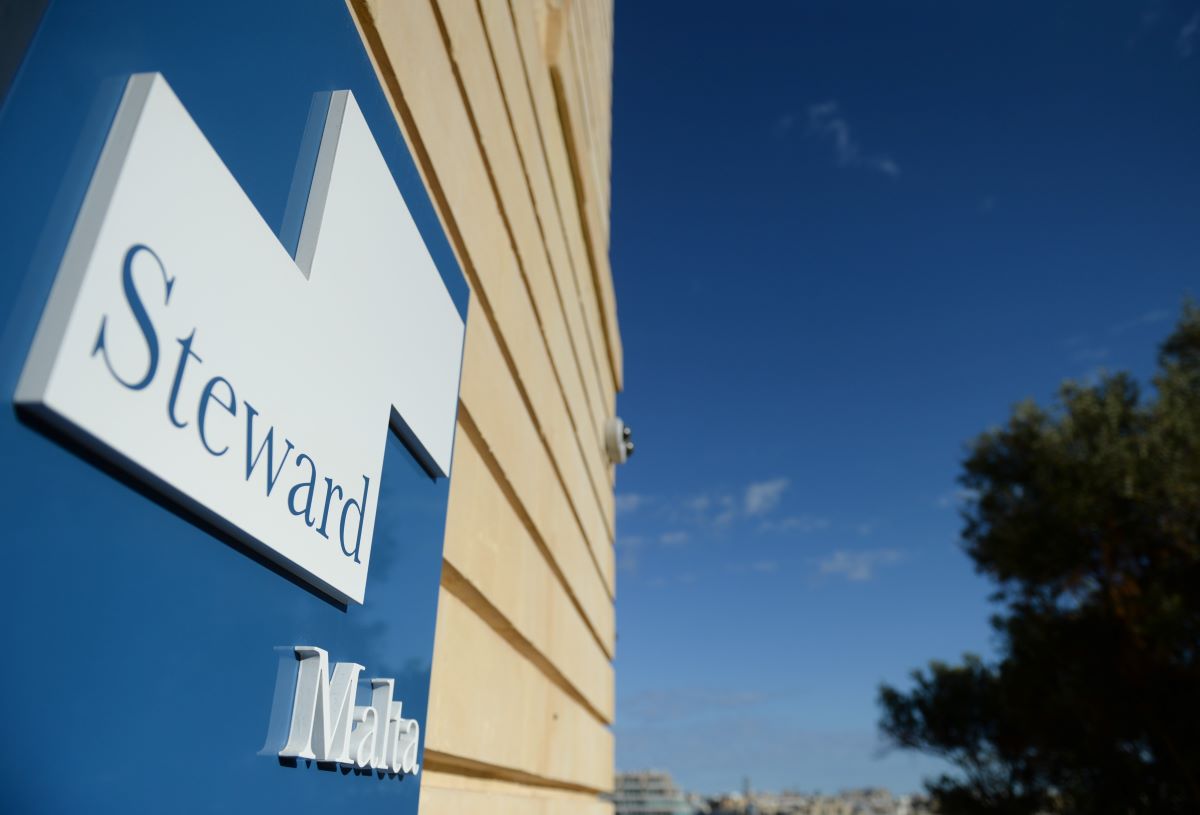Malta’s rate of inflation has increased by 0.2 per cent from 6.8 per cent to seven per cent in February 2023. The 12-month moving average for inflation stood at 6.6 per cent, up 0.3 per cent from January 2023.
This indicates that upward price pressure is slowing down Malta’s decline in inflation. Since Malta’s rate of inflation peaked in September 2022 at 7.4 per cent, it declined twice by a total of 0.7 per cent, and increased twice, by a total of 0.3 per cent, resulting in a net decline of 0.4 per cent, at a staggered rate.

Food and non-alcoholic beverages continue to be the main drivers of upward annual inflation, increasing to 13.2 per cent, followed by housing, water, energy, and fuels (9.1 per cent).
Only the cost of clothing and footwear, and communications registered a decline in the annual rate of inflation, however, the latter is also the category which contributes the least to inflation overall.
The NSO reiterated that the rising cost of food and non-alcoholic beverage was largely due to higher prices of meat.
While inflation in Malta increased, across the Eurozone, it declined by 0.1 per cent from 8.6 per cent in January to 8.5 per cent in February. This further narrows the gap between Malta’s rate of inflation and the Eurozone as a whole to 1.5 per cent.
On 16th March 2022, the European Central Bank took note of the persistently high rate of inflation across the Eurozone, which led it to increase interest rates by another 0.5 per cent.
Card payments now drive Malta’s consumer economy as supermarket usage hits 60%
In 2024, card payments accounted for 60% of all supermarket sales, making them the dominant payment method in the industry
Could a 50-year mortgage work in Malta? Experts weigh in on feasibility and risks
Donald Trump’s recent proposal for a 50-year mortgage has stirred controversy, but could this work in Malta?
‘If the Maltese had a connection to their land, it would change absolutely everything’ – Malcolm Borg
'“Generation renewal is one of the biggest problems — not just in the EU, but in the world'






